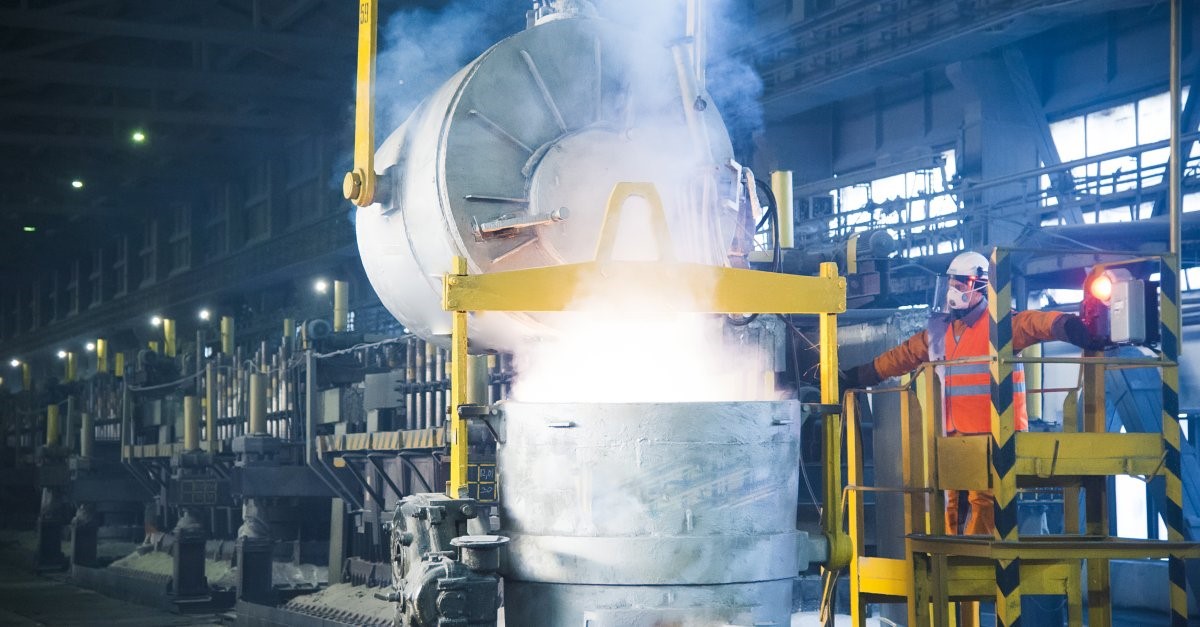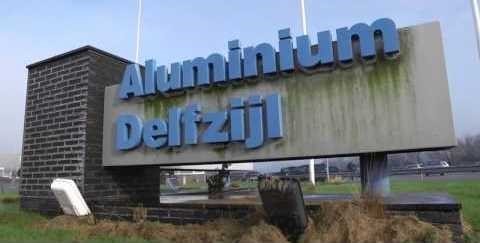

European aluminium smelters have once again ramped up their production cuts owing to soaring electricity prices. Since 2021, 1 million tonnes of total 4.5 million tonnes of Europe’s aluminium production capacity has been reduced, while another 500,000 tonnes is under threat, according to Citi analysts.

A few weeks ago, a dramatic rise in natural gas prices was reported, showing no possibility for Europe’s inflation battle to ease. In August, gas prices have increased by almost 40 per cent and nearly 30 per cent throughout the year so far.
Reuters has identified the smelters affected by the electricity price surge, mentioning their output capacity and their rate of production cut.
In late December 2021, Alcoa’s San Ciprian aluminium smelter in Spain reached an agreement aimed at resolving ongoing challenges caused by exorbitant energy prices. The agreement called for a two-year curtailment of 228,000 tonnes of annual capacity, with a commitment by the company to restart the smelter by 2024.
In January 2022, the smelter inked a pre-agreement with Capital Energy to source around 573 MW of wind power from 2024. Besides, the smelter is pressing the government to speed up the permission process for new wind energy projects that can generate fodder for energy-intensive industries.
In October 2021, the Dutch aluminium producer Delfzijl Aluminium, popularly known as Aldel, stopped annual production capacity of 110,000 tonnes due to high electricity prices. CEO Chris McNamee had told Reuters that the smelter would remain idle until at least early 2022.

Alro Slatina, one of the biggest integrated aluminium companies in Romania, initiated a complete process of shutdown in December 2021 due to electricity price hike, with an initial plan to slash 60 per cent of the output during the first phase.
In January 2022, Dunkrik aluminium smelter, owned by Liberty House, trimmed 15 per cent of the annual capacity of 285,000 tonnes, penalised by unreasonable energy prices. A CGT union leader at the smelter, Laurent Geeraert, warned a further cut of capacity by about 25 per cent if power rates remain the same.
Another victim to Europe’s energy crisis is Norsk Hydro’s Slovalco aluminium smelter in Slovakia, which plans to cease production at the end of September 2022. The region already lost about half of its aluminium smelting capacity over the past year as companies reduced production, but now Hydro and many others are moving to complete shutdown. Hydro Slovalco has 175,000 tonnes of annual capacity.
A report came on August 25 that a Slovenian company Talum has reduced its primary aluminium production by 20 per cent of its 84,000 tonnes annual capacity, owing to exorbitant power prices. This can result in further deficit of aluminium, leading to higher costs for purchasers from the building & construction, packaging and transportation sectors.
Reports suggest that Talum had already curtailed output by 50 per cent, operating at 84,000 tonnes of capacity.
Trimet Aluminium, one of the largest producers in Germany, has reduced production across many of its smelters in response to surged energy prices. While Trimet Essen has cut 50 per cent of its total 165,000 tonnes of capacity back in March 2022, Trimet Hamburg and Trimet Voerde have deducted 30 per cent at each of the smelters.
Montenegro’s Uniprom completed the planned shutdown of the electrolysis aluminium smelter in January 2022. A total of 170 electrolysis cells were shut down at the plant, having a total capacity of 61,000 tonnes.
As per the data revealed by the International Aluminium Institute and Macquarie, Europe generated a little more than 4 million tonnes of aluminium of the 67 million tonnes produced globally last year, excluding Russia.
Responses








